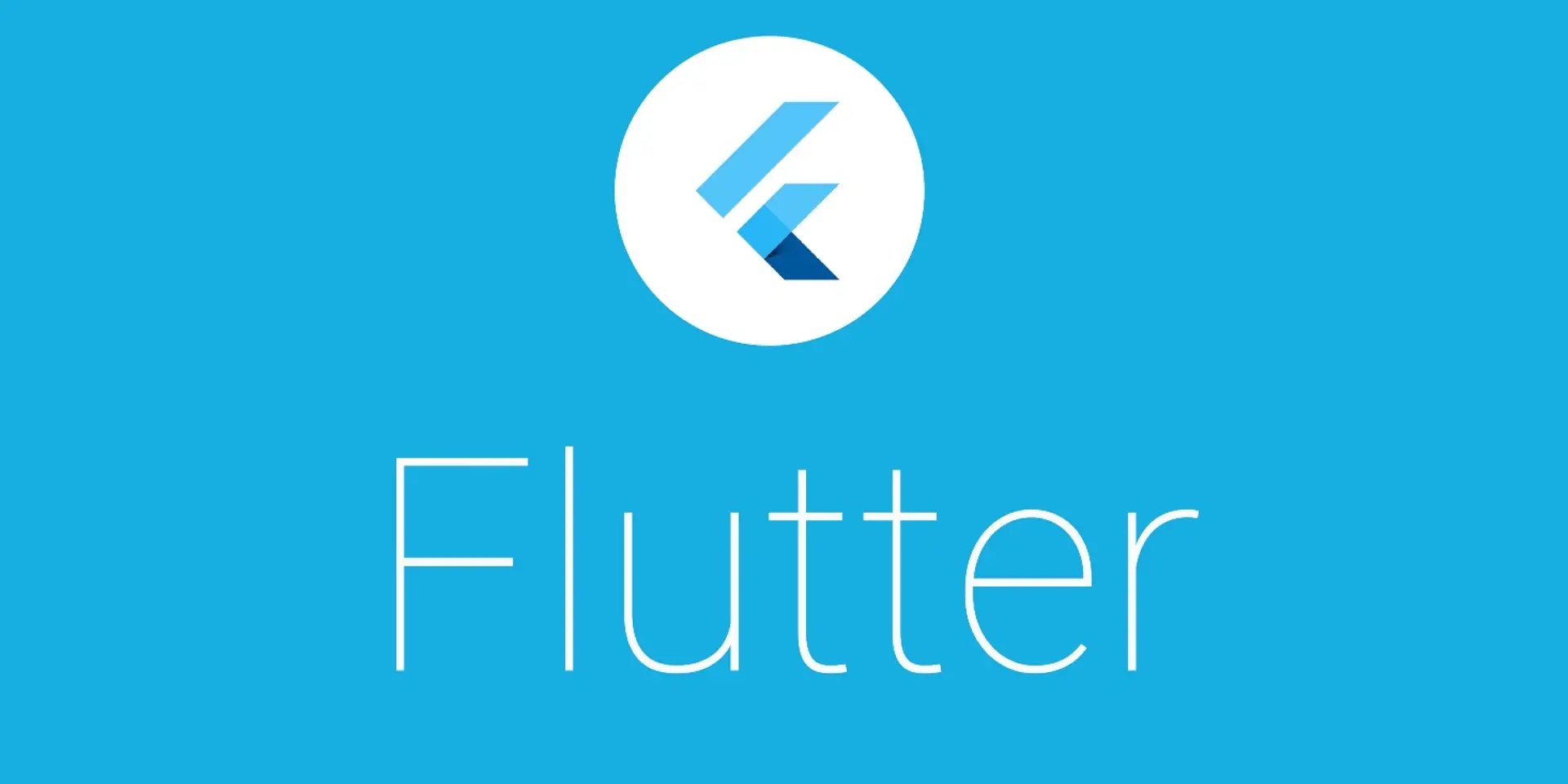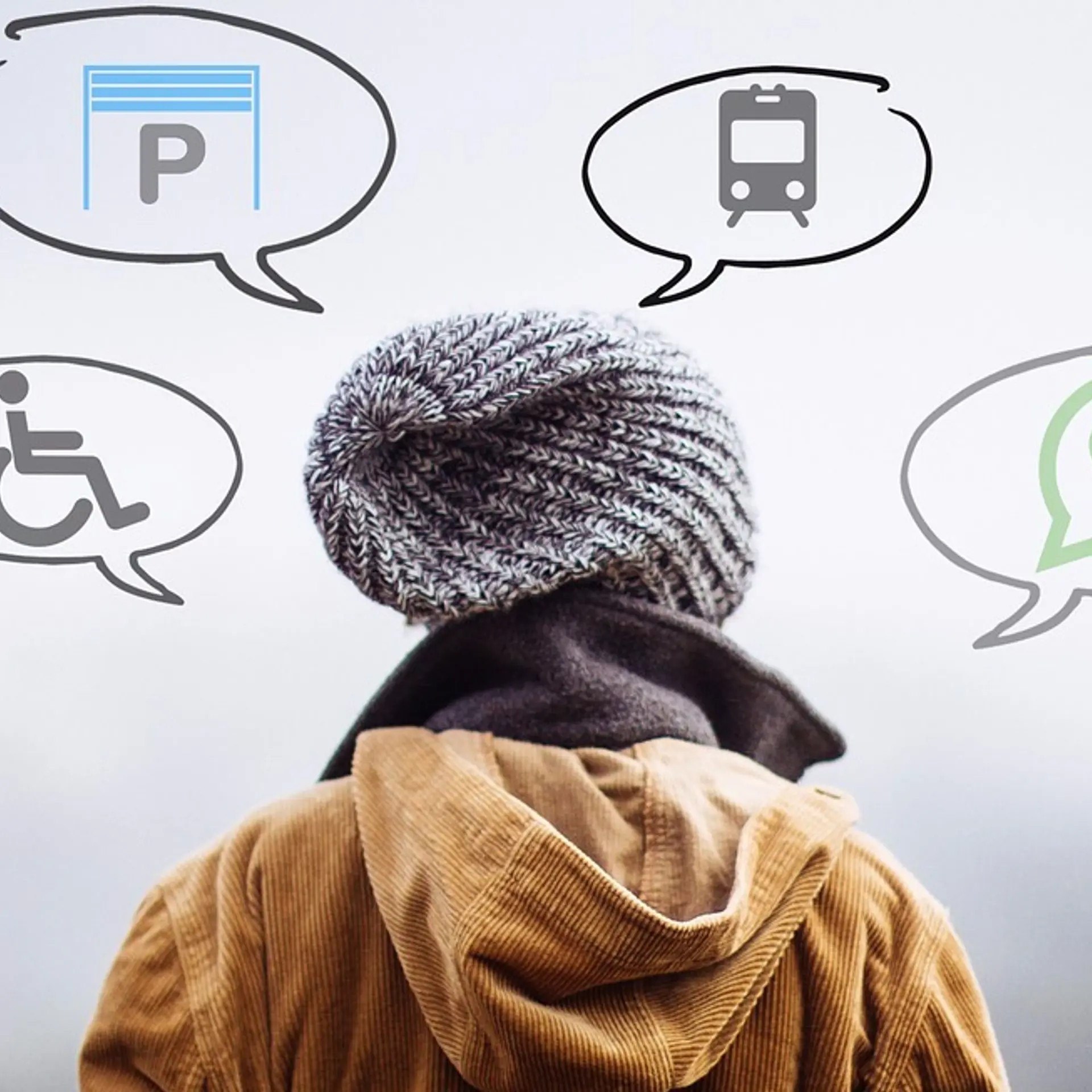

Is Flutter likely to replace Java for Android app development
The Flutter mobile application SDO is the newest way to develop faster and more alluring mobile apps which helps the developers from breaking away from traditional “cookie cutter” apps which have been quite common in the past.
As per the new system, people are wondering what makes Flutter so different, and they often question that what is exciting about Flutter? They often wonder whether Flutter is going to replace Java when it comes to Android app development. To answer this burning question, we offer an overview of Flutter, its features and how it is different.

Flutter App Development
Flutter takes a rather different approach in order to avoid performance issues which are caused by the requirement for a JavaScript bridge by the use of Dart, a compiled programming language. It is compiled AOT or ahead of time into the native code for various platforms.
It allows Flutter to communicate with the particular platform without even going via a JavaScript bridge which does a context switching. By means of compiling to native code, it improves app startup times. Flutter is the only mobile SDK which offers reactive views without any need of a JavaScript which makes Flutter worth trying. However, there are far more revolutionary things about Flutter. It is pertaining to how it implements the widgets which makes Flutter app development, a preferred choice.
Flutter has a different and new architecture which includes widgets which are good as well as fast. They are extensible and customizable too. Flutter doesn’t use any OEM widgets, and it offers its own widgets. By means of moving the widgets and the rendered from a particular platform into the app, Flutter allows them to be extensible and customizable.
What flutter only requires from a platform, is a canvas where it renders the widgets such that they can appear on a particular device screen and also access to events such as timers, touches etc. as well as services such as location, camera etc.
Among the biggest improvements in Flutter is how it does the layout. The layout determines the particular position as well as the size of the widgets which is based on a certain set of rules, also known as constraints.
CSS includes a plethora of layout models which include multiple box models, multiple text columns, floating elements and many more. Additional model layouts such as grid and flexbox were added later ass the developers, as well as designers, required more control over the layout. They e also using tables as well as transparent images in order to get what they really wanted.
Widgets are now apps’ part and new widgets can easily be added along with customization of existing widgets can be done in order to give them a different look. Flutter comes with customizable and rich sets for iOS, Android and Material Design. It makes mobile application development in Flutter quite appealing.
In Flutter, the widgets and renderer have been essentially lifted up out of the platform into a particular user app. In fact, there are no native OEM widgets in order to manipulate, so now a virtual widget tree is now a widget tree. Flutter renters the widget tree and then paints it to a given platform canvas. It is quite simple, fast and nice. The animation occurs in the user space which means the app, as well as the developer, have much more control over the animation.
Among the most popular features of Flutter is its stateful, fast hot reload. One can easily make a change to any Flutter app during Flutter app development, and it will eventually reload the code of the app which has been changed. Then, it let it continue from where it was left off, with a second. In case the app encounters any issue or error, one can easily fix the error and then move on as if there was no error that happened.
Since the widgets as well as the renderer of these widgets are now part of the app, but not of the platform, there are no requirements of compat libraries. The apps will work as well as will also work the same on the most recent OS versions, such as Android Jelly Bean and iOS 8.0 and the newer ones. It significantly reduces the requirement to test the apps on the various older OS versions. Along with this, the app will also work on the upcoming OS versions too. This makes Flutter different from Java and more preferable.
Google is a huge internal Flutter user, so the developers have strong advantages to update the widget sets in order to keep them current as well as close to the current OEM widgets, as much as they possibly can.
Read the Blog- How Flutter makes Cross Platform App Development easy
In case there is any time when there is slow updating of a widget, now Google isn’t the only Flutter user with an advantage to keep the widget's current. Widgets of Flutter as quite extensible as well as customizable that it makes easier for anyone to update them. One doesn’t have to file a pull request to do so. One doesn’t have to wait for the Flutter itself to get updated. This makes it better than Java.
Also, the simplicity of Flutter makes it quite fast along with the pervasive extensibility and customizability makes it more powerful than Java. Flutter is also open source like Java, which is coupled with the fact that its rendering stack is essentially the part of the app. This actually means that one can customize anything that one wants to do for an individual app.
Mobile application development has witnessed a plethora of changes over the years. Flutter is now replacing Java with its inherent features and functionalities for the purpose of Android app development. We will see more apps developed in Flutter in the days to come.






